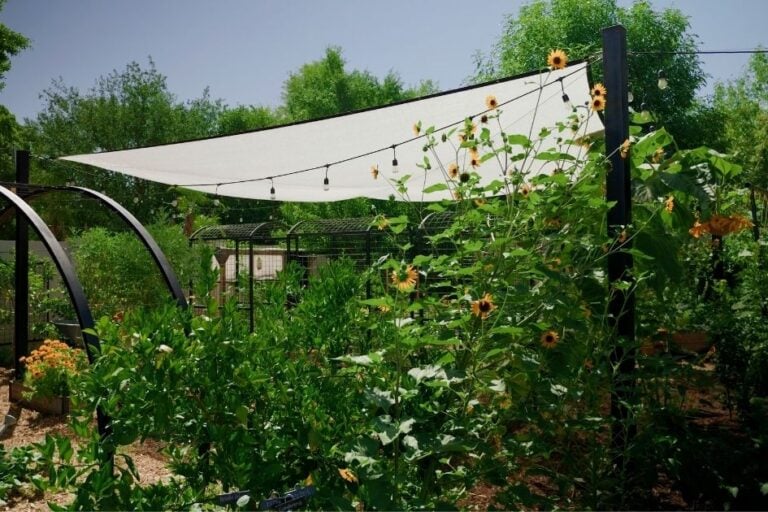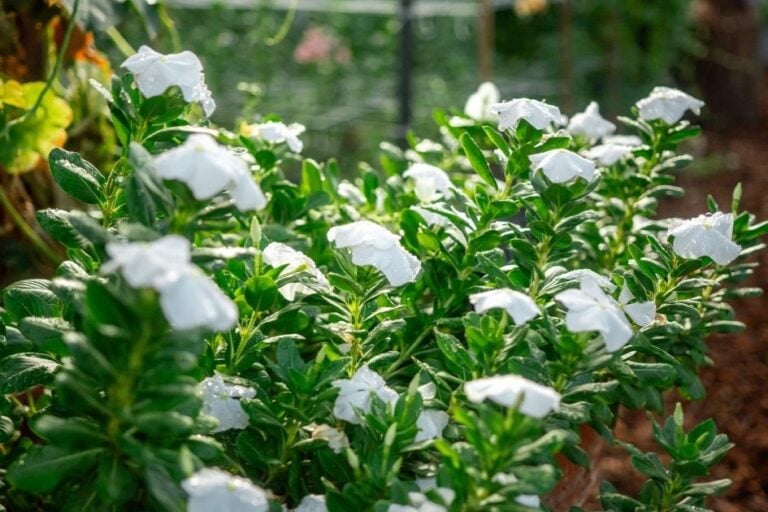Powdery Mildew on Carrots: Causes and Solutions
Powdery mildew is unfortunately common on carrots, especially in the spring when warm days are followed by cool, humid nights. If your carrot tops are covered in a white or gray powdery coating, you’re likely dealing with this fungal disease. Here’s what to know and how to respond.

What we’ll cover:
- What Is Powdery Mildew?
- Can You Still Eat the Carrots?
- How to Treat Powdery Mildew on Carrots
- How to Prevent Powdery Mildew on Carrots
- Don’t Worry—It Happens
What Is Powdery Mildew?
Powdery mildew is one of the most easily recognizable and widespread fungi.
It first appears as a whitish-gray powdery coating on tops or undersides of leaves. Left untreated, small black dots appear, and they produce spores. Powdery mildew quickly spreads by spores on wind or physical contact.
Powdery mildew thrives in warm, shady, dry conditions with moderate temperatures (68-86°F / 20-30°C) with high humidity and poorly ventilated areas. It’s less likely to spread in direct sunlight or wet conditions.

On carrots, it usually shows up on the foliage first:
- White or gray powder on the leaves
- Yellowing or browning as the disease progresses
- Reduced root growth due to less photosynthesis
For a full overview, visit How to Prevent and Treat Powdery Mildew.
Can You Still Eat the Carrots?
Yes—if the roots are still healthy, they’re safe to eat. Just cut off the infected tops. But once many of the leaves are affected, the plants can’t photosynthesize well and won’t grow. At that point, it’s usually best to harvest what you can.
How to Treat Powdery Mildew on Carrots
This is my go-to method, and it works well:

DIY Spray Recipe:
- 15 ml (1 tablespoon) potassium bicarbonate
- 15 ml (1 tablespoon) liquid castile soap
- 3.8 liters (1 gallon) of water
Spray all parts of the plant thoroughly. To treat an outbreak, spray every 7 days. If it’s hot, apply after sunset and rinse the leaves afterward to prevent burn.
Once the infection spreads, it is hard to recover. It’s often better to harvest the carrots and focus on improving conditions for next season.
How to Prevent Powdery Mildew on Carrots
- Thin carrots early. This helps improve airflow and lower humidity around the leaves.
- Water at the base. Wet foliage creates the perfect environment for mildew to thrive.
- Avoid overcrowding. Crowded plants are more susceptible. Thin to about 2 inches apart.
- Mulch lightly. A thin layer of mulch can help regulate moisture without trapping too much humidity.
- Choose resistant varieties. Look for types less prone to powdery mildew. Two good choices are:
- Bolero – A reliable Nantes-type carrot known for good disease resistance.
- Rubypak – A hybrid carrot with strong tops and improved resistance to mildew.
- Plant at the right time. Powdery mildew often appears too late in spring to replant carrots. It’s best to rotate and plant carrots in a different area next season. For tips on timing and growing, read How to Grow Carrots.
- Don’t replant in the same bed after mildew—give that space a break from carrots to disrupt the disease cycle.

If your first-year carrots are bolting, weather swings could be to blame. Learn more in Why Carrots Bolt in Their First Year.
Don’t Worry—It Happens
It’s frustrating to watch carrot tops go from healthy to sick so quickly. Powdery mildew spreads fast and can be hard to stop once it takes hold. Focus on harvesting what you can, improving airflow, and rotating your crops next season.
For more help diagnosing garden problems, visit the Garden Troubleshooting Guide.
If you’ve dealt with powdery mildew on your carrots, I’d love to hear what’s helped—share your experience in the comments. And if this post was helpful, please share it.









Leave a comment on Powdery Mildew on Carrots: Causes and Solutions